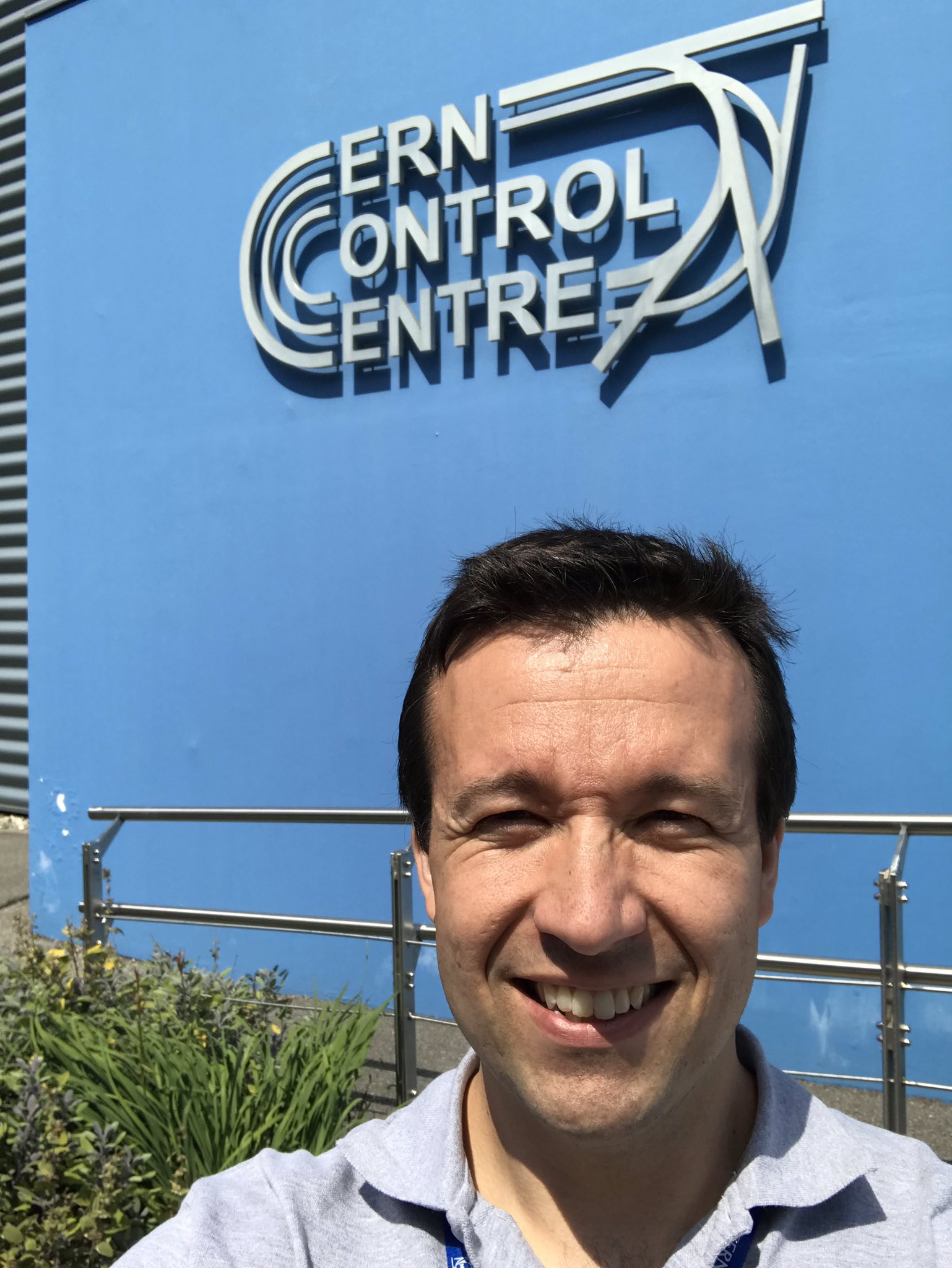CERN HST2019 - Day 8
Today was all about computing! This is something that I have a fairly strong background in as my Bachelor of Science major was computer science. We started the day with a great talk by Xavier Espinal and he took the time to speak to us about the absolutely incomprehensible amount of data that CERN takes from the various LHC experiments over the course of a year. When the LHC is running it is colliding together bunches of protons, with around 115,000,000,000 protons in each bunch, of which only about 40 protons actually collide inside one of the detectors. This happens every 25ns (that is just 0.000 000 025 seconds!) and means that we get 40 million events every second! When there are 40 million pictures being taken every second across 100 million channels to record these events, this then means that they are initially collecting 1PB (1PB is equal to 1,000,000 GB) per second! These numbers are truly mind-boggling! Of course, this is way too much for any technology that exists on the planet today so they have a series of hardware and software triggers that scan for the "interesting" events and record only those for further study, bringing our data numbers down to just 1GB per second. However, the LHC is constantly running for long periods of time and so, when it is running, they collected 88PB of experimental data (in 2018). One of the biggest technological challenges facing CERN is storing and processing all of this data which means that they need to be the ones at the forefront of new breakthrough technologies (after all, why do you think it was CERN that had to invent the World Wide Web all those years ago?!). Again, the work they do here just perpetually amazes me.

This afternoon we had a couple of visits, a trip to the CERN Control Centre, where they create the beam and proton collisions in the LHC and it's various experiments, and the AMS POCC! The AMS is also known as the Alpha Magnetic Spectrometer which is a large particle detector on board the International Space Station! This experiment was developed by Sam Ting, a Nobel Laureate, and by detecting cosmic particles outside of our atmosphere it is on the search to solve the mystery of dark matter. If the dark matter thing doesn't work out, then it will also provide us with the best mapping of the Cosmic Microwave Background radiation to date and give us better ideas of where to look for interesting cosmic events.

This afternoon we had a couple of visits, a trip to the CERN Control Centre, where they create the beam and proton collisions in the LHC and it's various experiments, and the AMS POCC! The AMS is also known as the Alpha Magnetic Spectrometer which is a large particle detector on board the International Space Station! This experiment was developed by Sam Ting, a Nobel Laureate, and by detecting cosmic particles outside of our atmosphere it is on the search to solve the mystery of dark matter. If the dark matter thing doesn't work out, then it will also provide us with the best mapping of the Cosmic Microwave Background radiation to date and give us better ideas of where to look for interesting cosmic events.



Comments
Post a Comment